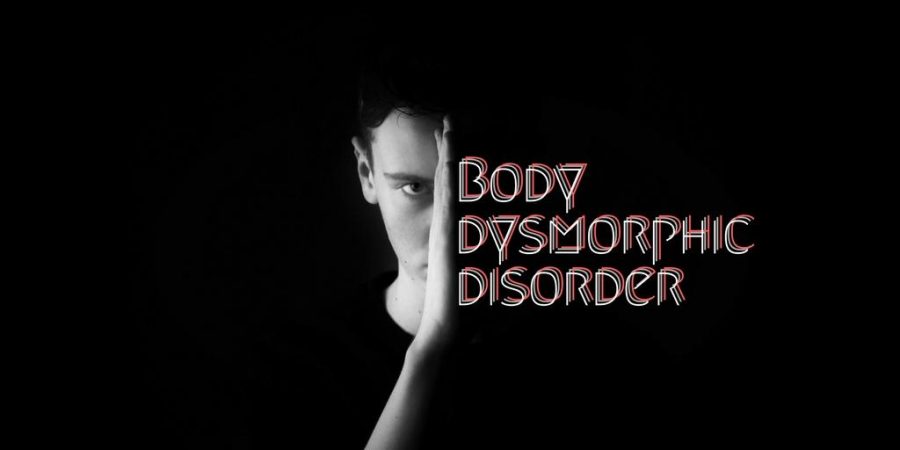Body dysmorphic disorder (BDD) is a person’s misperceived defects of their own appearance, resulting in a significant amount of distress and disability. BDD is an extremely common condition that can be a main contributor to low self esteem and mental illnesses such as depression, anxiety, and often times, eating disorders, which in turn play off of each other. The disorder is categorized as a somatoform, which is classified as “any of a group of psychological disorders marked by physical complaints for which no organic or physiological explanation is found and for which there is a strong likelihood that psychological factors are involved.” In other words, it is a condition in which a person is unusually fixated on one particular body part or feature, even if their insecurity is far from reality.
Don’t jump to conclusions, though. Just because one suffers from body dysmorphic disorder does not necessarily mean they have issues with their body size, shape, or overall weight. Rather, one has an excessive fixation on a specific feature of themselves.
Take for example a person who compulsively obsessed over their nose. They’ll do everything in their power to avoid the judgement of others and disguise their insecurities. Maybe they look into plastic surgery to eliminate their insecurity for good. Unfortunately, these obsessive concerns are not something that can be fixed by a plastic surgeon or cosmologist–because body dysmorphia is a mental illness–so regardless of how their perceived defect changes physically, their mind will continue to fixate on its imperfect feature(s).
Scientifically speaking, because BDD is so complex, the neurobiology is equally as confusing. However, amongst recent research studies being performed, there are several patterns that are beginning to emerge.
There are slight differences and impairments in neurocognitive functioning, particularly in planning, organization, and memory among those with BDD. Additionally, studies have shown deficiencies with visual and emotional processing. This can be explained by their inability to recognize facial emotions, suggesting irregularities in brain regions that process expressions.
A variety of studies found that individuals with BDD are more likely to not only misidentify neutral faces as angry, but to perceive vague situations as more threatening, whether the situations were related to the body–or were social or general situations–and to have more delayed responses to words that are considered a priority to people with BDD, such as beauty or attractive. About two-thirds of people who have BDD commonly believe that others take particular notice, talk about, or make fun of the “defective” body features because of how they look. Many of these occurrences can be attributed to that inability to properly interpret other peoples’ emotions and behaviors.
Additionally, impairments in the frontostriatal circuits of the brain have been identified. This means that the area responsible for managing higher-level control and regulation over things like emotions and decision making are oftentimes skewed.
All of these slightly defective brain functions as well as abnormalities in the neurotransmitter/neurochemical systems both contribute to many of the symptoms of BDD. Nearly all people with BDD spend at least an hour a day thinking about their most disliked feature. In fact, some people find that the disorder preoccupies their mind and can consume their entire day. Repetitive and compulsive behaviors are performed in order to try and fix, minimize, or distract from particular insecurities. Some forms of these behaviors include camouflaging the disliked feature(s), comparing oneself to other people, repeatedly checking the perceived defects in mirrors or any other kind of reflective surface, excessive grooming (applying makeup, combing/styling/plucking hair, shaving, skin picking,etc.), constantly seeking reassurance from others, excessive exercising, social anxiety, and more.
Like all mental illnesses, body dysmorphic disorder is by no means subjective to women. In fact, it is extremely common for men to experience muscle dysmorphia (“a psychological disorder marked by a negative body image and an obsessive desire to have a muscular physique.”)
Because body dysmorphic disorder is so complex, there is so much future research that will need to be performed before we can fully understand the causes and contributions to the development of the disorder based on interpersonal, cognitive, social, behavioral, and neurobiological factors. In the meantime, hack your health and seriously consider whether or not you or anyone you know may potentially suffer from body dysmorphic disorder and how it might be affecting your daily life.











